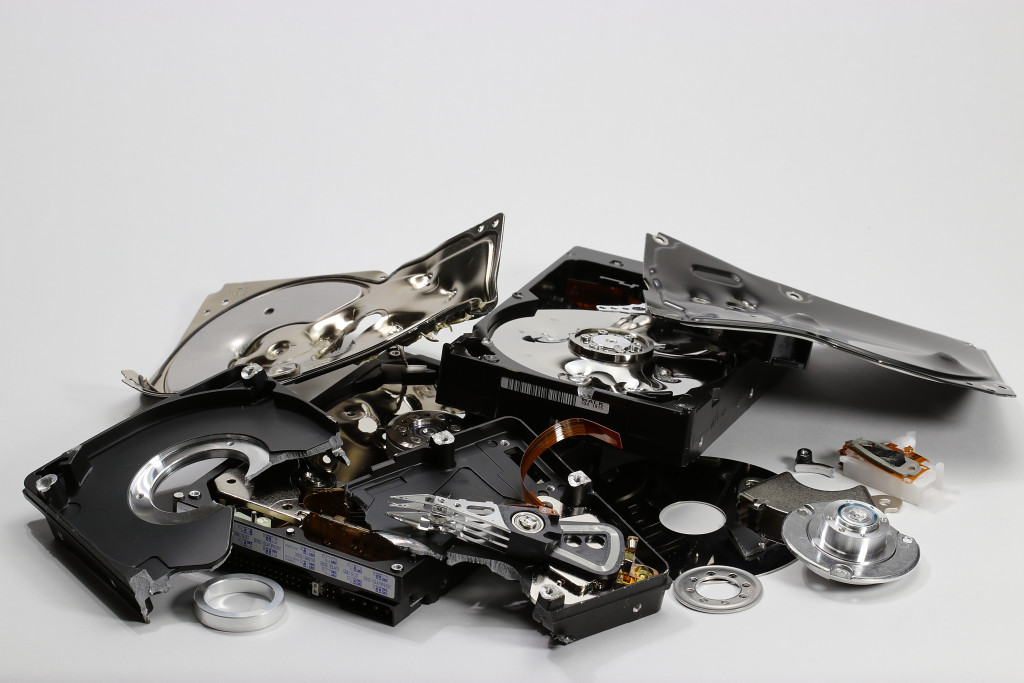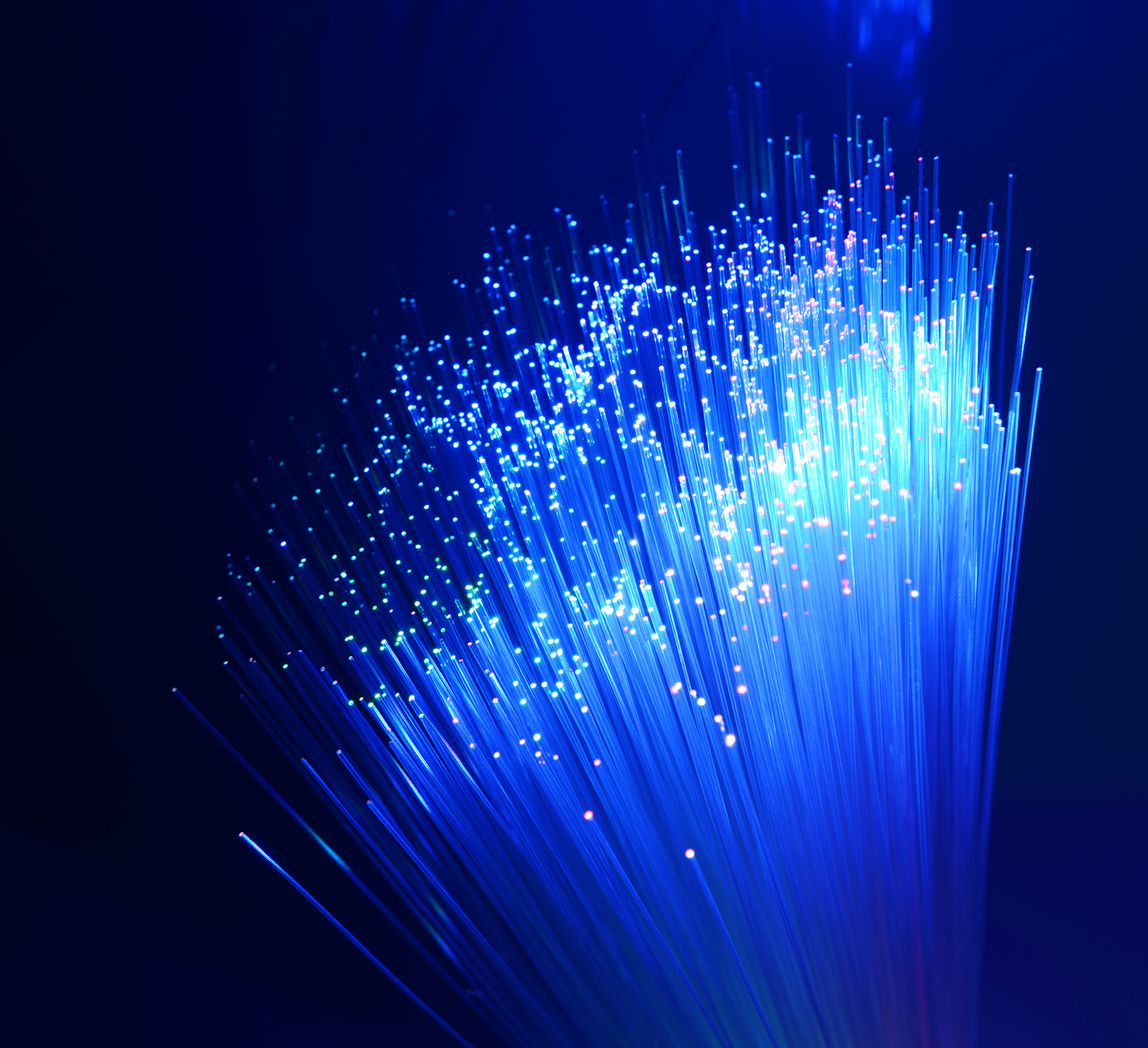Communication Networks and the Use of Optical Transceivers
 In today’s day and age of digital marketing and e-commerce, wherein the Internet has become a necessity, there is an increasing demand in the use of optical transceivers. Various businesses require data transmission and network connections to function at an effective rate. Replacing outdated copper wires, fiber optics allows reliable and high-speed mobile communication via optical transceivers.
In today’s day and age of digital marketing and e-commerce, wherein the Internet has become a necessity, there is an increasing demand in the use of optical transceivers. Various businesses require data transmission and network connections to function at an effective rate. Replacing outdated copper wires, fiber optics allows reliable and high-speed mobile communication via optical transceivers.
Fiber Optic Transceivers
Optdex.com explains how an optic transceiver works:
“Fiber optic transceivers receive information from one optical fiber end to another. Its cables send and receive information in a form of light pulses. These light pulses then convert into electrical signals where electronic devices can make use of them. It makes good use of light sources to send data, while it uses photodiode semiconductor to receive light pulses.”
Optical transceivers allow larger bandwidth, enabling high-speed broadband internet connections. Aside from efficiency, its components have low maintenance costs. Optic transceivers differ in specs, ranging from data transmission speed to connections, compatibility, and packing forms. Given the wide range of transceivers available on the market, companies are upgrading to fit their needs.
The Increasing Demand
Telecommunications industries across continents use fiber optic technology in their routers and network systems for faster data transmission. High-speed networks also add to the demand.
North America, for example, is a lucrative market for optical transceivers. The growing sophistication in their communication networks warrants maintenance and upgrades. Europe and North America’s streamlined growth in their combined use of 40G and 100G modules signify the future demand for high-speed transceivers.
In Asia, China is the fastest growing market for fiber optic technology due to its use of 100G network systems. Updating their existing communication networks, the industry expects to follow suit. Using high-speed connections in the future, there will be a boost in demand for optical transceivers as well.
In Nigeria, reports show that upon installation of 16,000 km of fiber optic cables in 2003, the information and telecom industry has had an impact on the country’s economy as it grows at a rapid rate. The sector contributes an estimated 35 percent of $45bn in foreign direct investments between 2001 and 2011. It is the most modern digital transmission infrastructure in Africa.
It is inevitable for industries to adapt to technology. Telecommunication companies are upgrading to offer faster and more reliable data transmission and internet speeds to stay competitive. The demand for optic transceivers is just the beginning. High-speed network infrastructures are the future.


